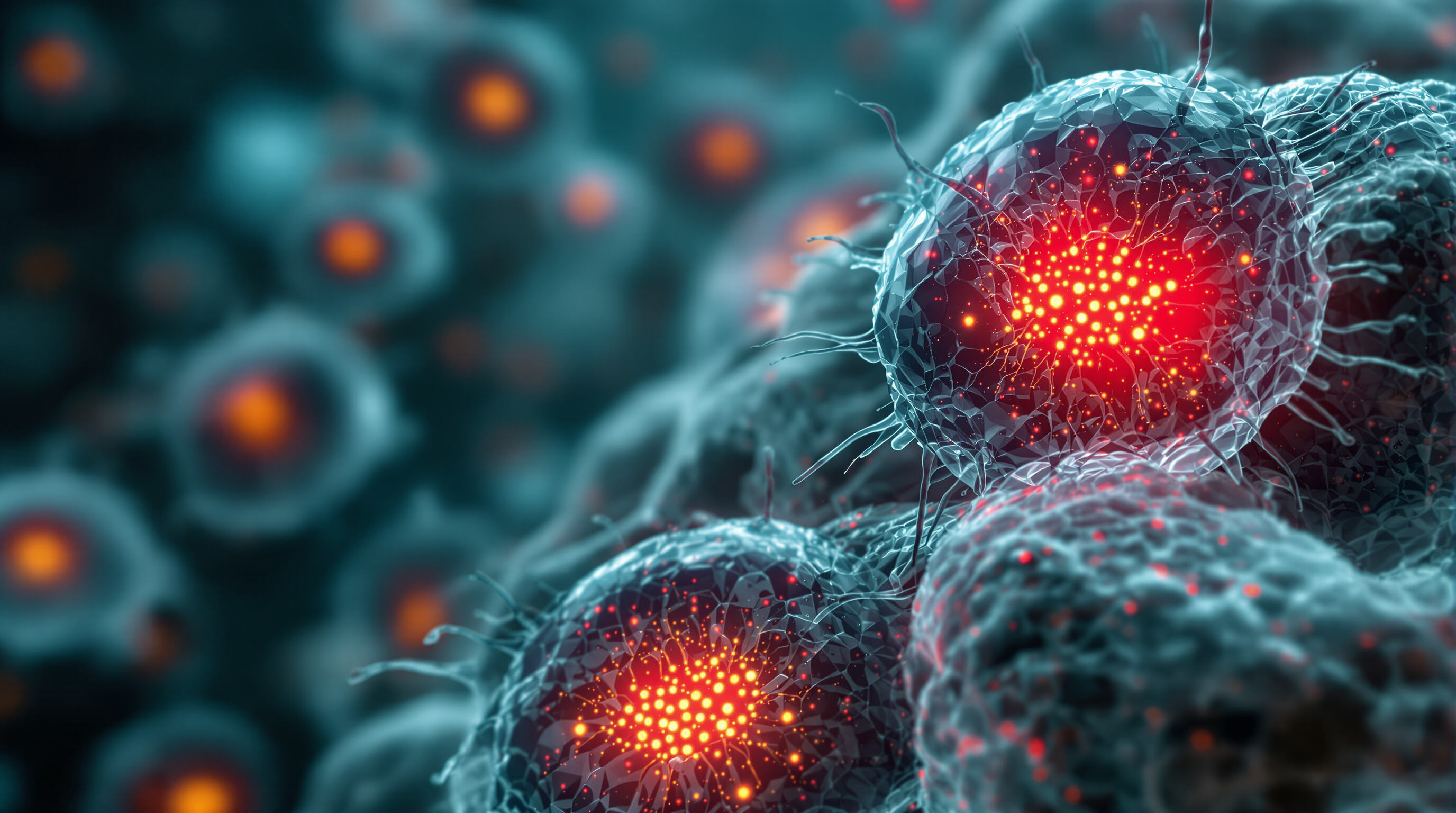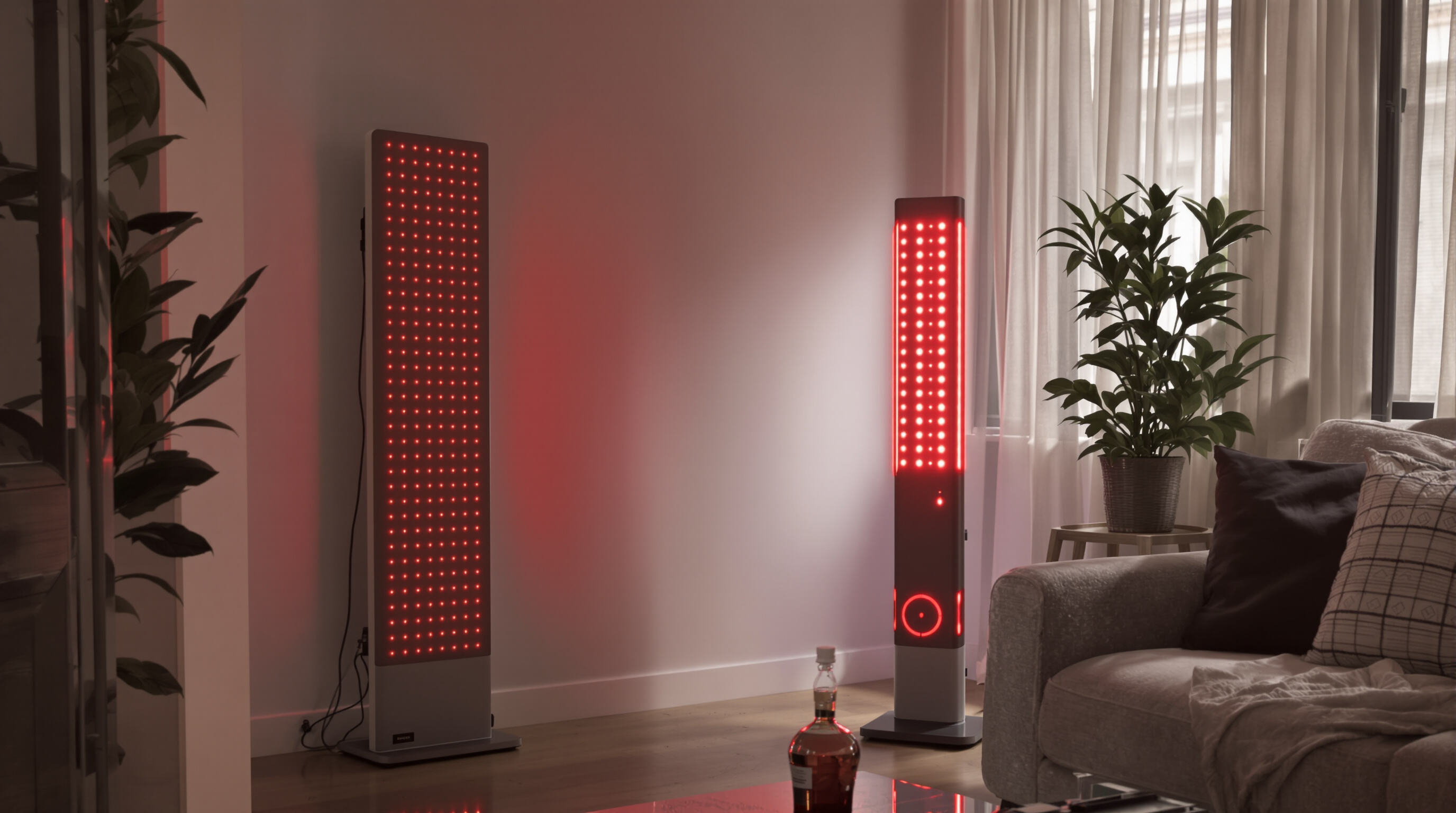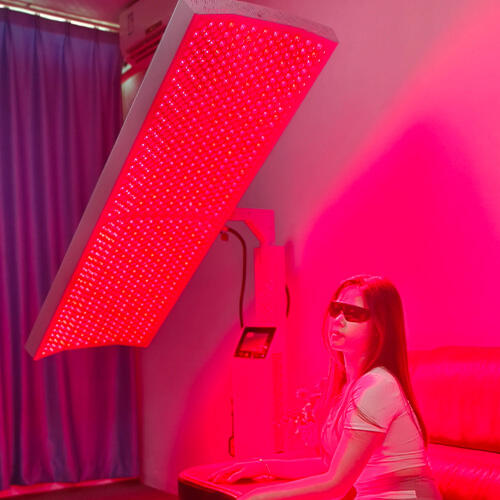How Red Light Therapy Reduces Inflammation: Science and Evidence
What Is Red Light Therapy and How Does It Target Inflammation?
Red light therapy, or RLT for short, works with light waves in the range of around 630 to 850 nanometers that actually get into body tissues and kickstart something called photobiomodulation. Basically, this means the light energy helps boost what mitochondria do inside our cells. The treatment itself doesn't require cutting or anything invasive, and it helps cut down on inflammation because it improves blood circulation while also reducing those pesky oxidative stress levels right where needed. Compared to taking pills like ibuprofen which affects the whole body, red light therapy focuses on fixing problems at the cell level specifically where there's pain or damage. That makes it pretty good for people dealing with things like stiff joints from arthritis or sore tendons after overuse.
Scientific Mechanisms Behind Red Light Therapy’s Anti-Inflammatory Effects
Red light therapy gets things going in the body by activating cytochrome c oxidase, one of those important enzymes sitting in our mitochondria's electron transport chain. When this happens, cells produce more ATP energy while at the same time keeping inflammation under control, specifically targeting troublemakers like interleukin-6 (IL-6) and tumor necrosis factor-alpha (TNF-α). Another benefit comes from stopping cyclooxygenase (COX) enzymes from doing their thing, which means fewer prostaglandins get made and pain signals don't travel so easily through the body. There's also increased nitric oxide production, something that helps tissues get better oxygen supply and speeds up recovery time. Research published back in 2014 in the Journal of Clinical Rheumatology showed pretty impressive results too, with people suffering from osteoarthritis reporting about a third reduction in their pain levels after just a few weeks of treatment.
Key Studies Demonstrating Reduced Inflammatory Markers with Red Light Therapy
- A 2007 trial by Chow et al. showed a 30% reduction in chronic low back pain after 8 RLT sessions.
- A 2019 Biomaterials study observed a 25% decrease in IL-6 levels among tendonitis patients using RLT.
- A 2021 Laser Medicine paper reported a 40% reduction in post-surgical swelling with infrared light compared to controls.
Comparison of Red Light Therapy to Traditional Anti-Inflammatory Treatments
Nonsteroidal anti-inflammatory drugs help manage inflammation throughout the body, though they come with potential downsides like stomach bleeding and stress on the kidneys. Red light therapy offers similar anti-inflammatory properties without those unwelcome consequences. According to a study published in 2022, red light was just as effective as ibuprofen at reducing muscle soreness after workouts, yet resulted in about four times fewer negative reactions from users. Traditional ice packs simply mask discomfort by numbing the area, whereas red light actually helps tissues heal faster. This makes red light therapy particularly useful not just for sudden injuries where quick relief matters most, but also for ongoing issues like arthritis or tendonitis where long term healing is critical.
Accelerating Muscle Recovery with Red Light Therapy: From DOMS to Performance
How Red Light Therapy Enhances Post-Exercise Muscle Regeneration
When red light therapy hits muscle cells, it actually gives mitochondria a little kickstart, which means more ATP gets produced and cells start repairing themselves faster. What makes this interesting is how it tackles oxidative stress while helping those tiny muscle tears heal after tough workouts. Some research from 2023 looked at athletes who got treated with these special 810nm lights. The results? Their quads bounced back about 24 percent quicker compared to people getting dummy treatments. Plus, their blood tests showed lower creatine kinase numbers, which basically means less muscle damage overall according to Baroni's team as reported on Physio-pedia.
Clinical Evidence: Red Light Therapy and Delayed Onset Muscle Soreness (DOMS)
Studies show mixed but promising results, with DOMS reductions ranging from 25% to 50%. The most consistent outcomes occur when RLT is applied within 2 hours post-exercise, suggesting timing is a critical factor in maximizing pain relief and functional recovery.
Optimal Wavelengths and Dosage for Muscle Recovery Applications
Effective protocols typically use:
- 810–850nm wavelengths for deep muscle penetration
- 10–20 minute treatments per muscle group
- Power densities between 50–100mW/cm²
Higher wavelengths (850nm) are more effective for large muscle groups like glutes and hamstrings, while 660nm targets superficial tissues better.
Case Study: Athletes Using Red Light Therapy for Faster Recovery Cycles
Elite volleyball players who used daily RLT sessions reduced recovery time between high-intensity matches by 33% over a 12-week season. This aligns with research showing 810nm treatments can increase muscle protein synthesis by up to 58% compared to passive recovery methods.
The Science of Photobiomodulation: Energy, Cells, and Healing

Red Light Therapy and Mitochondrial Function: Boosting ATP Synthesis
When red light hits the skin, it actually gets absorbed by special proteins called chromophores inside our cells' powerhouses (mitochondria), and this absorption happens best when the light falls within the 630 to 850 nanometer range. What happens next? Well, according to some pretty recent research published in the Journal of Clinical Medicine back in 2023, folks who got exposed to this kind of red light saw their cell energy levels jump up around 40% compared to those without treatment. That extra energy really speeds things along for healing damaged tissues and getting better after injuries or surgeries. And there's more good news too. The same study showed that this energy boost works wonders for bringing down inflammation in the body, specifically cutting back on troublemakers like IL-6 and TNF-alpha, which we know are linked to all sorts of health issues. (Check out the Photobiomodulation Mechanisms Study from 2023 for full details.)
Role of Cytochrome c Oxidase in Red Light Therapy’s Cellular Response
Cytochrome c oxidase acts as the main receptor when exposed to red and infrared wavelengths of light. When activated through these wavelengths, the enzyme boosts nitric oxide production which helps improve circulation and gets more oxygen to muscles after intense workouts. Studies suggest that this mechanism cuts down on oxidative stress around 30 something percent better than nothing at all. The effect seems particularly helpful for dealing with post exercise inflammation while also kick starting some pretty important repair processes in the body over time.
Choosing the Right Red Light Therapy Device for Recovery Needs

From Clinics to Living Rooms: The Rise of Consumer Red Light Therapy Panels
What used to be expensive clinical equipment priced around $6,000 or more is now available for consumers at less than half that cost. For actual healing results, these devices need to emit light in the range of 630 to 850 nanometers with at least 30 milliwatts per square centimeter intensity something that modern home units can actually deliver according to recent research by Hamblin and colleagues in 2022. Medical facilities typically install large full body panels to get widespread benefits throughout the body, but people at home are starting to prefer smaller devices that focus on specific areas instead.
- Flexible wraps for joints
- Panels for back and shoulders
- Wearable belts for mobility
A 2023 market analysis found 68% of users prefer devices combining 660nm (anti-inflammatory) and 850nm (deep-penetrating) wavelengths.
Evaluating FDA-Cleared Devices vs. Over-the-Counter Models
| Feature | FDA-Cleared Devices | OTC Models |
|---|---|---|
| Power Output | 100–200mW/cm² | 30–100mW/cm² |
| Intended Use | Medical recovery | General wellness |
| Clinical Backing | 3+ peer-reviewed studies | Consumer testimonials |
| Price Range | $1,200–$4,000 | $200–$900 |
For athletes, higher-powered devices (¥100mW/cm² at skin level) reduce inflammation markers 42% faster than lower-powered alternatives. However, proper positioning–ensuring direct skin contact–is equally vital; a 2021 trial found incorrect spacing reduced efficacy by 58%.
Integrating Red Light Therapy into Daily Recovery Routines
Best Practices for Timing and Frequency of Red Light Therapy Sessions
To help muscles recover better, start with short daily sessions lasting around 5 to 10 minutes focusing on bigger muscle areas. A study published in Frontiers in Physiology back in 2022 showed interesting results when looking at athletes using light therapy. Those who got treated with wavelengths between 630 and 850 nm within half an hour after working out saw their strength come back about 27 percent quicker compared to folks who waited longer before getting treatment. Some people find morning sessions boost their energy levels because they stimulate mitochondria inside cells. Others prefer doing these treatments in the evening since our bodies naturally start repairing themselves during nighttime hours anyway.
Combining Red Light Therapy with Cryotherapy and Compression for Enhanced Recovery
When used together, RLT and cryotherapy work well as partners in recovery. The cold helps bring down swelling quickly after workouts, while the red light therapy actually speeds up how cells fix themselves. Looking at research from 2023 that combined results from about 17 different studies, athletes who mixed RLT with compression wear saw their muscle soreness drop by around 30 percent compared to those using just one method alone. People often struggle with injuries around their knees especially. Alternating between 10 minutes under red lights and then 15 minutes in those air pressure wraps seems to help flush out fluids better and build stronger connective tissue at the same time.
FAQ
- What is the wavelength range used in red light therapy? Red light therapy utilizes wavelengths typically between 630 and 850 nanometers.
- How does red light therapy reduce inflammation? Red light therapy reduces inflammation by improving blood circulation and reducing oxidative stress at the cellular level.
- Can red light therapy be used for muscle recovery? Yes, red light therapy can enhance post-exercise muscle regeneration and help with recovery from muscle soreness.
- Are there any side effects to red light therapy? Red light therapy offers benefits without the side effects associated with traditional anti-inflammatory treatments like NSAIDs.
- What should I consider when choosing a red light therapy device? When choosing a device, consider the power output, intended use, clinical backing, and the specific wavelengths offered for targeted treatment.
Table of Contents
- How Red Light Therapy Reduces Inflammation: Science and Evidence
- Accelerating Muscle Recovery with Red Light Therapy: From DOMS to Performance
- The Science of Photobiomodulation: Energy, Cells, and Healing
- Choosing the Right Red Light Therapy Device for Recovery Needs
- Integrating Red Light Therapy into Daily Recovery Routines

 EN
EN








































